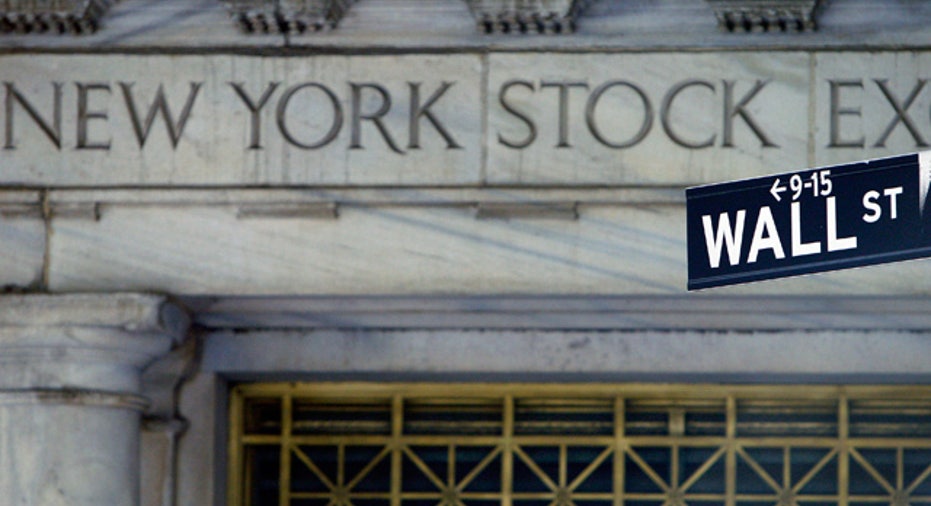NYC Financial Sector Loses Least Jobs Since 2002

New York City's broad financial activities sector turned in its best hiring performance in almost a decade in January, even though it lost jobs, a New York State Department of Labor report said.
Employment in financial activities fell by just 1,600 in January 2011, the best performance for that month since 2002, James Brown, a New York state labor market analyst said on Wednesday.
The revised report did not provide hiring numbers for the sector in January.
Wall Street galvanizes the city's economy, spurring hiring in unrelated fields, such as restaurants, as well as in the broader financial sector, which includes insurance.
Though the city's bankers and brokers can earn extraordinary sums -- Goldman Sachs Group last year paid $431,000 on average -- the wages for employees of all private companies were little changed.
The private sector paid New York City employees an average of $1,083 a week in January 2011, only $27 dollars more than a year-ago, according to the state Department of Labor.
New York City's private companies hired 53,000 workers in the 12-month period ending January 2011, increasing this workforce to 3.13 million, the report said.
In the often weak December to January period, when shops, for example, typically lay off the extra workers they hired for the holidays, private employers cut fewer jobs than usual.
Only 80,100 jobs were lost and "This was well below the 10-year average loss of 107,300," Brown said.
"Smaller post-Christmas layoffs in retail and wholesale trade explained about half of the improved performance," Brown said. Countering this positive note, these employers hired fewer workers than usual during the Christmas season, he said.
"Retail employment grew by just 11,300 between August and December 2010 -- more typical of a recession year such as 2001 or 2008 than a recovery period," Brown said.
New York City's unemployment rate rose one-tenth of a percentage point to 8.9 percent in January 2011 from December, but was down more than a point from the year-ago level of 10 percent.